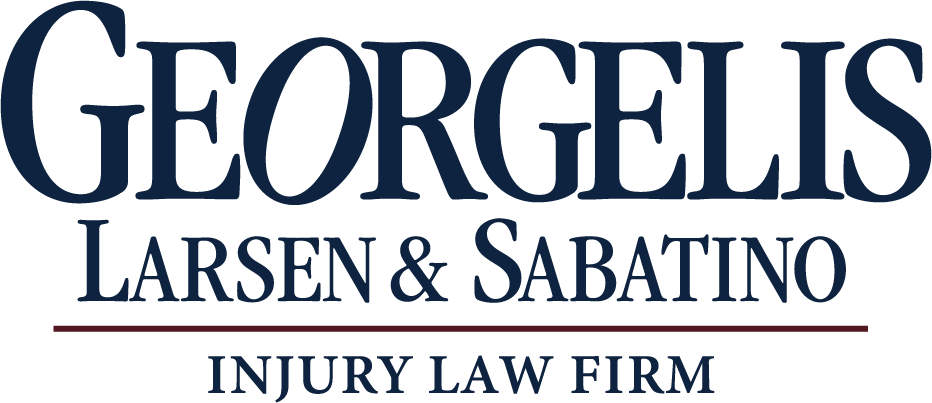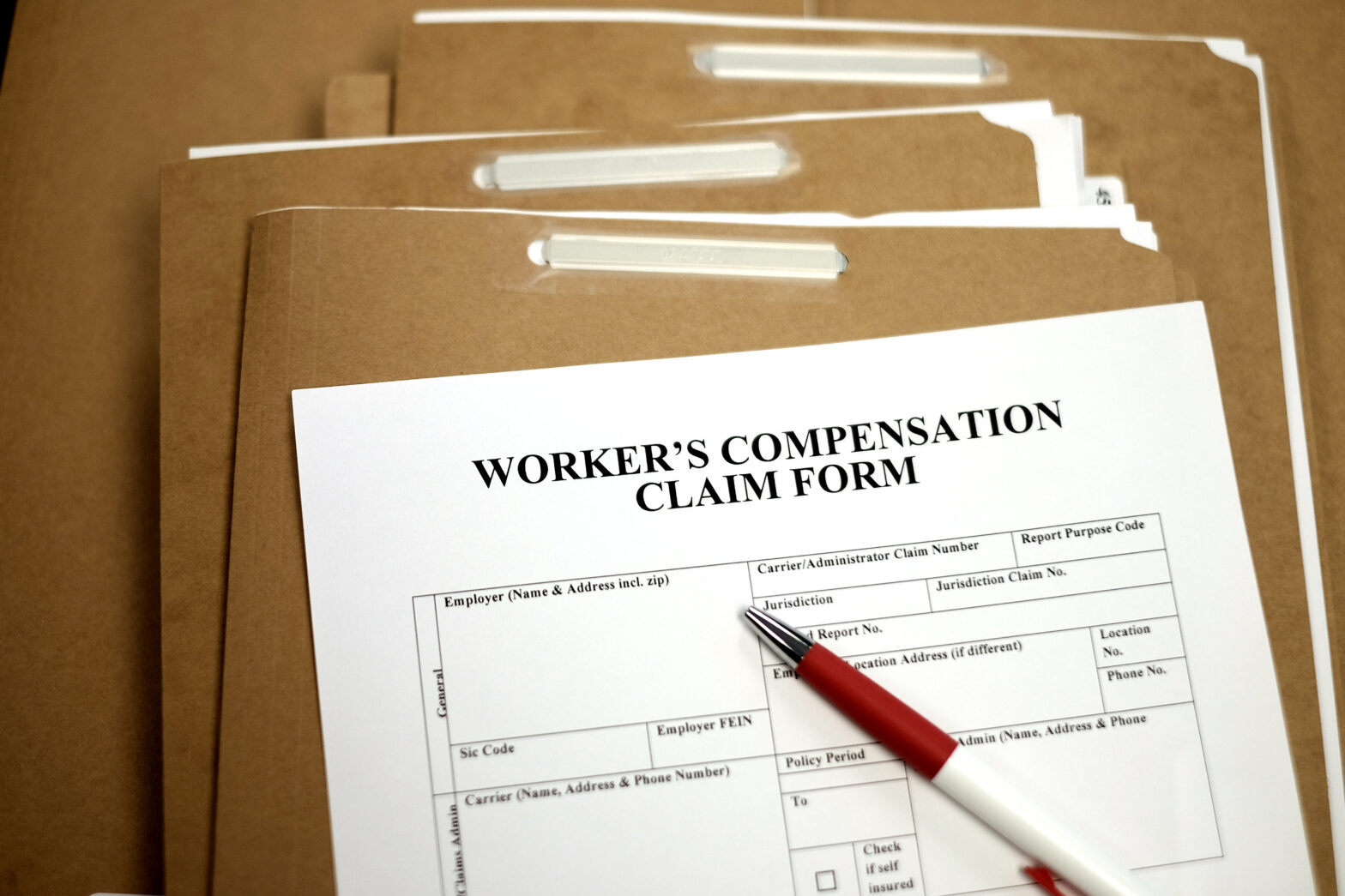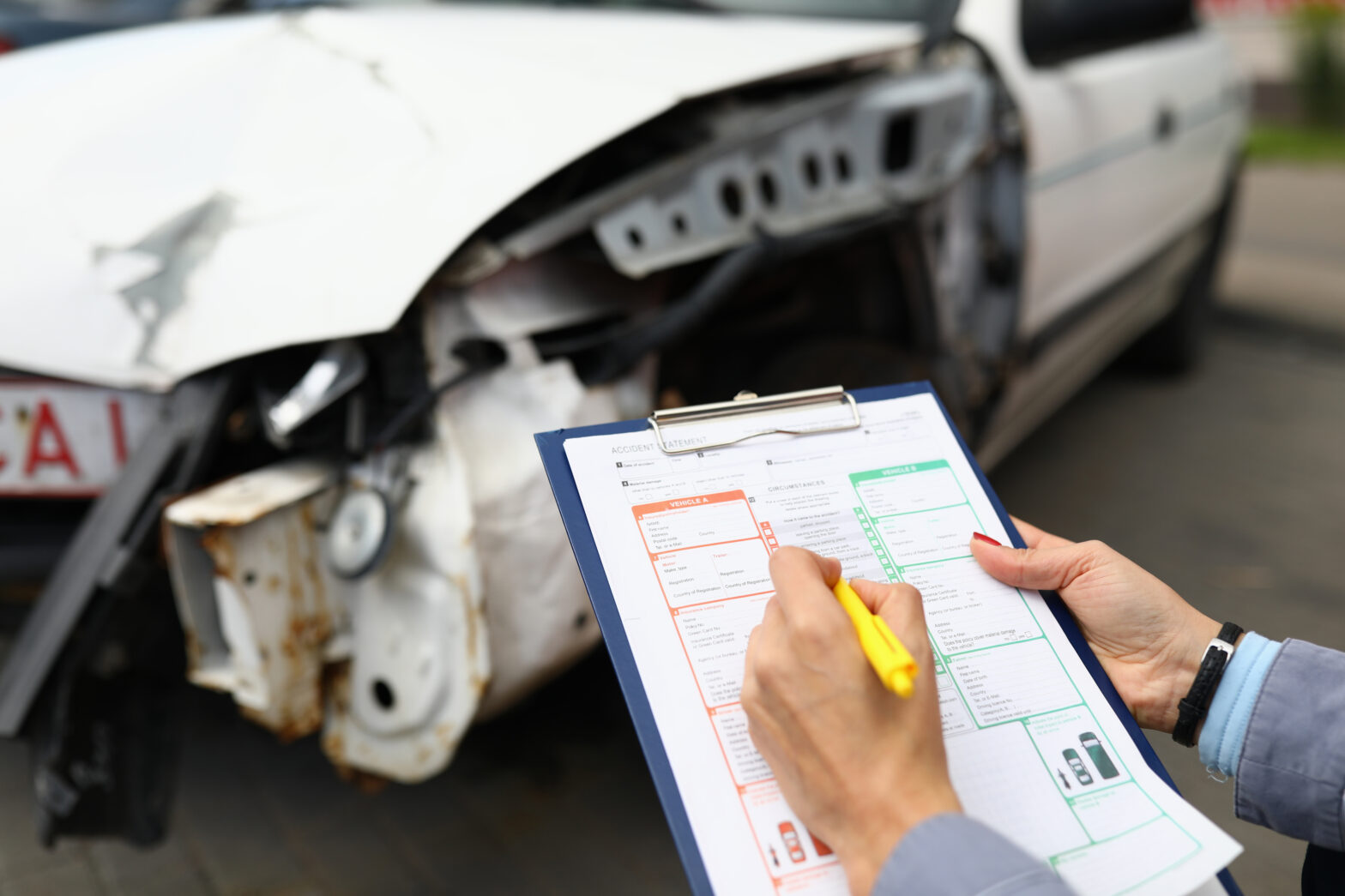Workplace Hazards and Lung Disease

Lung cancer and other lung diseases are often associated with smoking and preexisting conditions, but did you know that your workplace could also be a significant contributing factor? Unfortunately, numerous jobs put employees at risk for exposure to harmful chemicals that can cause lung disease, including lung cancer.
As many as 10% of lung cancer deaths among men and 5% of deaths among women have been linked to exposure to occupational lung carcinogens. During Lung Cancer Awareness Month, let’s explore the jobs most at risk for harmful chemical exposure, symptoms of pulmonary health issues, and steps you can take if your job causes your breathing issues.
Jobs with Harsh Chemical Exposure
Occupational lung diseases are a significant health concern that can arise from various job environments. Certain occupations expose workers to harmful substances which, when inhaled, can lead to serious lung conditions. Among the jobs that put workers most at risk for occupational lung disease, several stand out because of the nature of their work environment and the substances that their workers come into contact with.
Some of the industries that put workers most at risk for occupational lung disease include:
- Construction: Construction workers are continually exposed to various harmful elements, including dust, silica, and asbestos—all of which significantly increase the risk of developing lung diseases. This occupational hazard is a serious concern in the construction industry, as it can lead to life-threatening conditions.
- Manufacturing: Factory workers, particularly in facilities that produce chemicals or certain plastics, are exposed to toxic chemicals, fumes, and dust. This environment can be highly detrimental to lung health, leading to a variety of respiratory conditions, most notably asthma. Occupational asthma can be debilitating, causing symptoms like coughing, wheezing, and shortness of breath.
- Firefighting: The job of a firefighter is inherently dangerous, but one of the most insidious dangers they face is the constant inhalation of smoke and toxic chemicals. This exposure to a toxic cocktail of smoke, chemicals, and particulate matter can have a detrimental impact on their lung health, acutely or chronically.
- Health Care: Healthcare workers, including doctors, nurses, and other medical professionals, often find themselves on the front line of battling infectious diseases. Their work exposes them to a range of respiratory illnesses such as tuberculosis (TB) and COVID-19, which can significantly put their lung health at risk.
- Mining: Mining, a profession that involves working in enclosed and often poorly ventilated environments, exposes workers to dust and certain chemicals that can lead to a range of serious lung diseases. The prolonged inhalation of these substances causes damage to the lungs over time, leading to various health complications.
These are just some examples of the jobs that can put you at risk for occupational lung disease. Knowing the risks associated with your job is a key part of protecting your lung health. If you have a lung disease that you feel was caused by your job, reach out to a workers’ compensation attorney to understand your rights.
Symptoms of Lung Disease
Symptoms of lung disease can be difficult to spot, and they can often be mistaken for a common cold or allergies. Symptoms of occupational lung disease vary depending on the type of illness, but common signs include:
Coughing: This is often one of the first signs of an occupational lung disease. It can be dry or produce mucus and may persist for a long period, becoming chronic. Coughing up blood is another symptom and should not be ignored.
Shortness of breath: This symptom can start mild and gradually worsen, especially during physical activities. It can significantly limit a person’s ability to carry out daily tasks and can be a sign of serious lung damage.
Chest pain: This can be a sharp or dull ache that may be felt in the chest area or radiate to other parts of the body. Chest pain can indicate inflammation or scarring in the lungs.
Chest tightness: This is often described as a heavy or squeezing feeling in the chest. Chest tightness may occur because of the inability of the lungs to fully expand, often indicative of an underlying respiratory issue.
Abnormal breathing patterns: Changes in the normal rhythm or rate of breathing can be a sign of lung disease. This could include rapid, shallow breaths or difficulty maintaining steady breathing.
Wheezing: This is a high-pitched whistling sound when exhaling and sometimes inhaling. Wheezing suggests that the airways are narrowed or blocked, which can be a result of inflammation or damage to the lungs.
Scratchy, dry, or sore throat: This can result from constant coughing or from inhaling certain substances. A persistent scratchy or sore throat may indicate continual irritation of the airways.
Unexplained weight loss: Sudden, unintentional weight loss can be a symptom of severe lung disease. This happens because the body has to work harder to breathe, which burns more calories, plus the general fatigue and discomfort can reduce appetite.
If you’ve worked in an at-risk industry and noticed any of these symptoms, it’s essential to see a doctor right away. Early detection of lung disease is critical to successful treatment.
What to Do if You Have Occupational Lung Disease
While occupational lung diseases are incurable, their symptoms can be managed and mitigated through treatment. However, these conditions are chronic and persistent, often preventing individuals from resuming their previous work roles because of health limitations.
Despite the expectation that filing for workers’ compensation should be a simple procedure, it can become quite challenging because of complications imposed by insurance companies, particularly with “exposure” cases involving lung injuries. These are unique cases in their own right and require a great deal of skill and knowledge to handle successfully in workers’ compensation court.
If you believe that your occupational lung disease is a result of hazardous exposures at work, there are steps you can take to protect yourself both financially and professionally:
- Inform Your Employer: Promptly notify your employer about your condition and belief that it is related to your workplace exposure to harmful substances. Be sure to do this in writing and keep a copy for your records. Informing your employer is not only a vital step in initiating the process for potential compensation claims, but it also allows your employer to take necessary measures to improve the workplace environment to prevent further harm to you or your colleagues.
- Seek Medical Care: The most crucial step is to consult with a healthcare professional. They can diagnose your condition, suggest an appropriate treatment plan, and help you understand how your work environment may have contributed to your disease. It’s important to have all your symptoms documented by a healthcare provider. This medical record will be an essential piece of evidence if you decide to pursue a workers’ compensation claim.
- File a Workers’ Compensation Claim: Workers’ compensation insurance provides medical and financial benefits to workers injured on the job. If you have been diagnosed with occupational lung disease, you may be entitled to workers’ compensation benefits.
- Talk to a Lawyer: If you feel that your lung issues are a result of your job, it’s essential to speak with a workplace injury lawyer who focuses on occupational lung disease cases. Workplace injury lawyers can guide you through the process of filing a claim with the workers’ compensation system and, possibly, a lawsuit against a third-party. They can also help you preserve evidence necessary for your case, such as medical records, job descriptions, and safety records. Employers and insurance companies quickly “circle the wagons” when it comes to lung exposure workers’ comp claims, so it is critically important to level the playing field by involving an experienced, knowledgeable and successful accident and injury attorney on your behalf.
You have rights as an injured worker and may be eligible for workers’ compensation. You do not have to do this alone. Reach out to an attorney today to understand your rights and next steps.
Workers’ Comp Attorneys in Lancaster, Pa.
Lung cancer and other lung diseases caused by workplace hazards are a serious concern, and it’s essential to be informed about the risks and steps you can take to protect yourself. If you’ve noticed symptoms of lung disease and suspect that your job is the cause, we are here to help you navigate the legal system.
Our team of skilled lawyers and paralegals at Georgelis, Larsen & Sabatino Injury Law Firm focuses exclusively on personal injury and workers’ compensation benefits claims, including those associated with occupational lung disease. We have an intimate understanding of the complexities these cases entail and possess an excellent track record of achieving successful compensation for our clients. Just take a look at our 5-star Google reviews!
Make the first step towards claiming the compensation you are entitled to by contacting us today. Remember, we do not charge a fee unless we recover compensation for you. Reach out to us for a free case review at 1-800-HURT-NOW or initiate a chat with us online. Winning Is No Accident, and the lawyers at Georgelis, Larsen & Sabatino Injury Law have recovered more than $90,000,000 for their clients!





